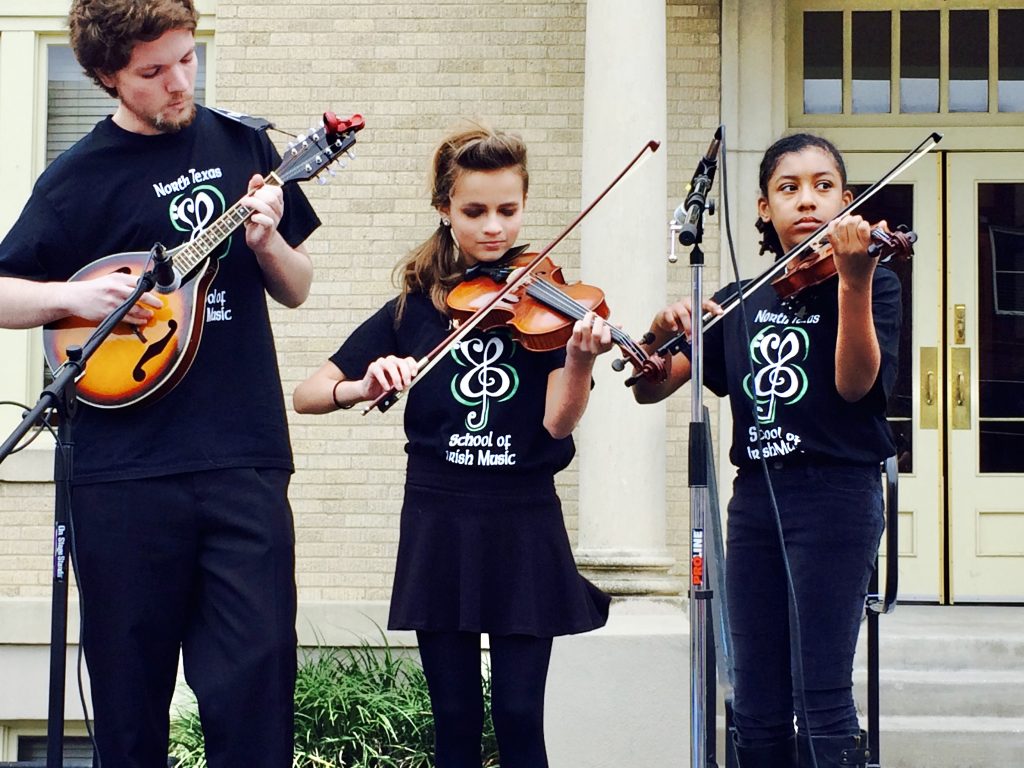
012.
Q&A Special Episode
We meet so many people that ask random homeschool questions all the time and we decided to do a special Year End Episode to answer YOUR questions!
Tune in this week while we answer all your questions and more!

TWO WAYS TO LISTEN TO THIS EPISODE:
1. Click PLAY Button Above ^^ to listen here.
2. OR Listen on your favorite podcast platform:
Brand New to Homeschooling?
GETTING START PAGE >>
Kindergarten Page >>
High School Series >>
Show Notes
We put out a request for listeners to send us some questions for a Q&A episode and we actually received some! We appreciate you all listening and please keep sending things you’d like to hear us talking more about in future episodes.
How do you introduce a foreign language? (4:23)
Studies show that the earlier children are exposed to a foreign language, the more likely they are to become fluent as opposed to when they begin to learn another language in their teens or as young adults. Some reasons for this are that they are in a stage when they have a more
natural acquisition to learning language, in general, and they have more space in their brain for new ideas. Kids are already learning speech and grammar just as they are learning to speak, and that is often the hardest part of beginning to learn another language.
Here are 7 ways to introduce a foreign language in your home, whether you have other native speakers or are doing something totally new:
- Learn together
- Play games in a foreign language
- Watch cartoons and shows in another language
- Sing songs
- Read books
- Include in your daily activities
- Learn online
There are tons of resources for online Foreign Language learning:
DuoLingo
Mango Languages

Many homeschoolers tend to start with Latin. Even though it is considered a “dead language” 50% of all English words are derived from Latin along with 80-90% of all polysyllabic words. It could also help with career fields that include law, medicine, science, music, theology, philosophy, art, and literature.
We really liked these series of books. They are a great little 10-15 minute a day lesson and review:




Usborne First Words:


How to approach art with young children? (10:58)
I remember the time as a young homeschool mom, when I asked where to find art ideas, like handprint turkeys and feet reindeer like we made in school and a friend turned me on to Susan Striker. She’s the author of a series called the “Anti-coloring books.” There is a huge difference between craft projects and actual art. Things like
coloring between the lines are not art and it is not a necessary skill. We want to encourage creativity.
It’s the process not the product! Letting kids experience different mediums and methods is a great way to “teach” art. And it does not have to be super structured. Having a dedicated art space in your home, maybe a corner or table or shelf with a variety of supplies and paper accessible will attract young artists. We liked programs that may introduce an artist or style and then let you create something with those mediums (oil, charcoal, watercolor) or in that style.


Anti Coloring books:
The Anti-Coloring Book: Creative Activities for Ages 6 and up

The Second Anti-Coloring Book for Ages 6 and up

It’s never too early to expose kids to great art and artists. Visit local museums, follow local art studios or exhibition places. Many museums also have free or low cost classes, sometimes even just for homeschoolers.
I make artist study really simple in my house. I like to grab art calendars on clearance and cut out the high quality prints to frame for when we are studying a particular artist. I got really cute magnetic frames that open from the front and I can switch the pictures out weekly. I actually hang these in the bathroom. You’d be surprised how much learning happens with a captive toilet audience. I’ll link these frames in our show notes:
Open from Front Art Frames

If you could choose to spend money on one extracurricular, which would be most important? (15:29)

It is totally possible to homeschool without spending a lot or really any money on extracurricular activities but if you do have the money to spend and feel this is important, what would you choose? There are people who place different values on certain things, sports is a good example, and others who may solely focus on academics and college prep. There really is no right or wrong answer for this, it’s going to vary for each family.
Extracurriculars can make for a more well-rounded student. Dedication and commitment, teamwork, following directions, learning from another person, are all benefits to extracurricular activities.
I would say the most important one is the one that your child wants to do. There are things that look good on a college application, and things that can open a door to scholarships or other opportunities, but ultimately, it is up to the child. Follow their passions. But we did have a rule that your “passion” couldn’t change until we were done paying for that 8 week session! It’s ok to try a lot of things but also ok to set boundaries about how long you must commit.




